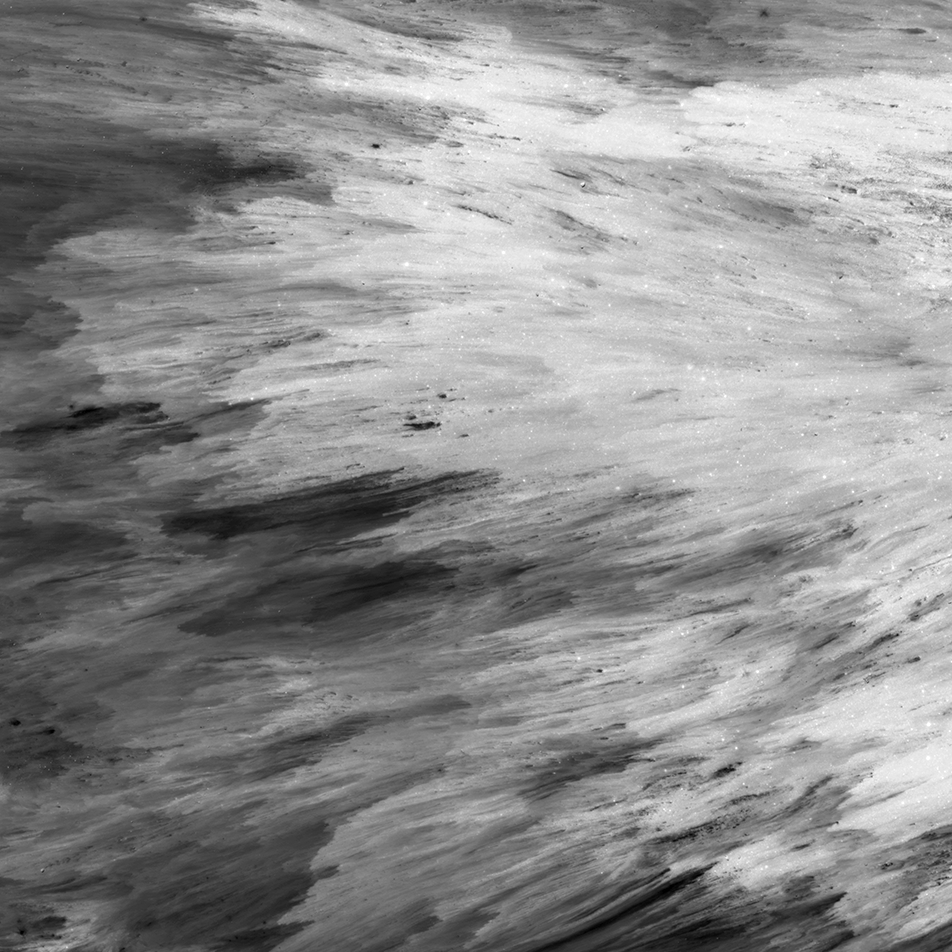
Zowie! How can such an incredibly violent event result in such a delicate composition? Asteroids and comets (generically known as bolides) slam into the surface of the Moon at speeds typically greater than 15 kilometers per second (10x faster than a speeding bullet). So much energy is released that much of the bolide is vaporized and target rock is excavated and ejected at a range of speeds. Very young craters such as the one shown here provide the key to understanding the physics of these powerful events. The delicate patterns show stages of ejection, mode of travel, thickness of deposited materials and the effects pre-existing topography on ejecta flow.

Chappy is a temporary name given to this beautiful crater, a diminutive form of Chaplygin crater upon which Chappy formed. Perhaps some day the International Astronomical Union will give Chappy an official name.

There are many amazing features to be explored in the whole full-resolution NAC mosaic (M1194434063LR, 4.079°S, 151.682°E):
Related Featured Images
Published by Mark Robinson on 1 March 2016